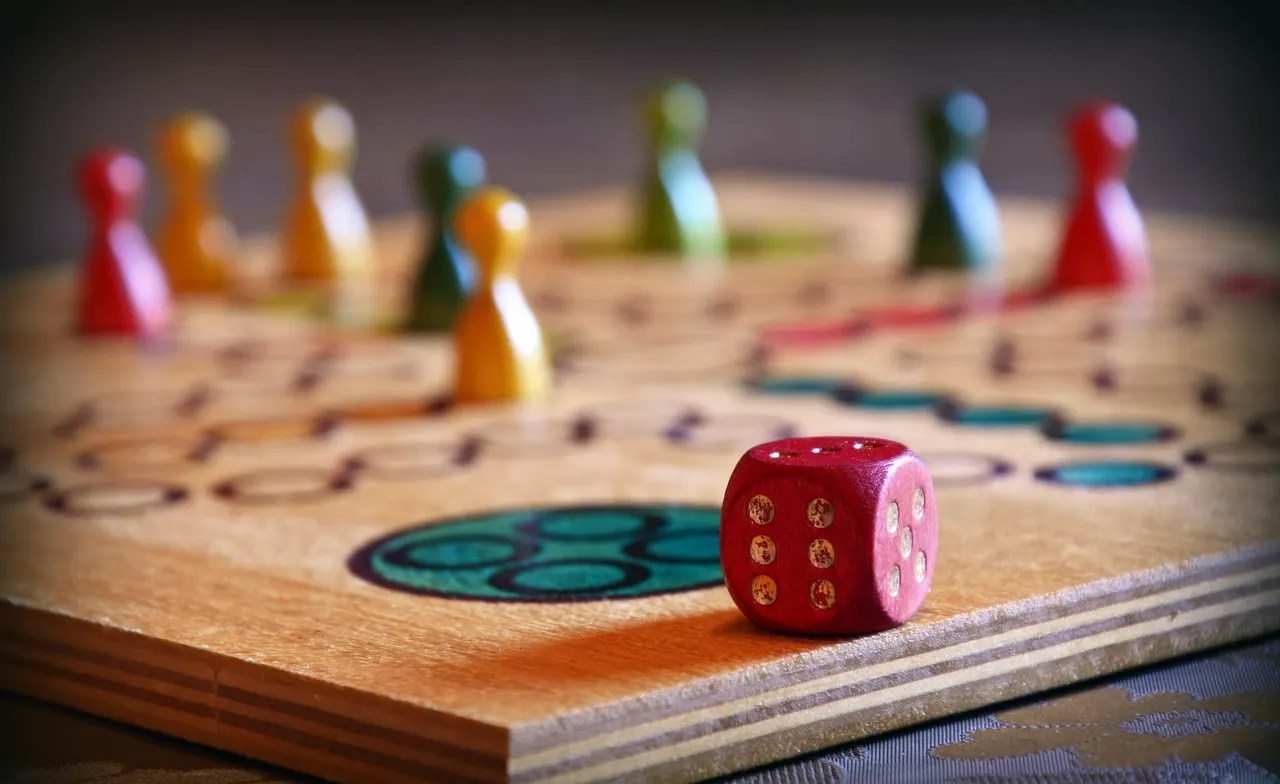Crash games have become one of the most talked-about formats in online gambling. Simple mechanics, dynamics and high winning potential have made them a hit among players tired of classic slots and roulette. But behind this apparent simplicity lies a complex mathematical model based on probabilities, dispersion and the psychology of risk perception. They attract attention not only with their excitement, but also with the transparency of their algorithms, where every second determines the outcome.

The main idea behind crash games is the multiplier (x), which increases from the start of the round. At any moment, the player can click “cash out” and secure their winnings, but if the plane, rocket, or something else “explodes” before that, the bet is lost. From a mathematical point of view, this is a game with infinite expectation and exponential risk growth. Each new multiplier value is the result of an algorithm that uses a cryptographically secure Provably Fair mechanism.
In practice, crash games (such as Aviator, JetX, Chiken Road) have an average RTP in the range of 96-98%, which is comparable to modern slots. However, unlike slots, where the result is completely independent of the player’s actions, here the illusion of control is created – the choice of the withdrawal moment is perceived as a factor of success. It is this psychological aspect that makes the format so popular. At the same time, many players are confident that they can “find a pattern” and predict the moment when the multiplier will break, which further increases their involvement. In reality, such attempts only fuel the excitement and increase the variance.
The variance in crash games is significantly higher than in classic slots. A player may receive low multipliers (x1.2–x1.5) for several rounds in a row and then encounter a rare but large win (x100 or even x1000). This payout structure creates a powerful emotional engagement: the alternation of short losses and rare wins enhances the effect of “chasing” a win. The result is a cycle of tension and release that holds the player’s attention and encourages repeat bets. It is this “wave of emotions” that makes crash games particularly addictive and attractive to risk-takers.
From a mathematical expectation point of view, each bet remains negative – the casino always has the advantage. But high volatility and the possibility of “catching” a large coefficient create the impression that the player is able to cheat the system if they exit in time. This is the illusion of control on which the entire concept of crash games is based. At the same time, many participants mistakenly believe that regular wins on small multipliers can compensate for rare losses, although in the long run, mathematics always returns the advantage to the casino. This false confidence only increases involvement and maintains interest in the game.
Psychologists call this effect cognitive distortion – players tend to overestimate their own influence on random events. In crash games, this manifests itself in attempts to “read patterns” or build strategies:
In reality, none of these methods affect the outcome, since each multiplier value is generated independently.
Many developers skillfully reinforce this illusion. Animations of an airplane taking off, sound effects, and live chat create an atmosphere of participation and control. But from a mathematical point of view, each player’s decision does not change the probability of winning – it is fixed and calculated in advance. Moreover, some studios experiment with visual cues and micro-delays that enhance the player’s sense of influence on the process. This is a subtle psychological tool that makes the game more exciting and unpredictable.
Firstly, due to the instant dynamics – one round lasts from 5 to 15 seconds, which creates a feeling of constant action. Secondly, the social element: players see the bets and results of other participants in real time, which increases the excitement. Thirdly, the simplicity of the rules makes these games accessible even to beginners. In addition, the format allows you to quickly engage viewers, turning ordinary rounds into mini-shows. And joint sessions and tournaments enhance the sense of competition and collective excitement.
Interestingly, crash games are becoming increasingly technological. Some studios are already experimenting with adaptive RTP models and “smart” multipliers that adjust to player behavior. This personalizes the gameplay, but also complicates mathematical transparency. In the future, such technologies may integrate artificial intelligence to analyze gaming habits and automatically adjust difficulty. This approach will open up new horizons for customization, but will raise questions about fairness and balance between the casino and the player.
Source of the picture: https://pixabay.com/photos/game-board-game-dice-3978841/
We also recommend that you read: